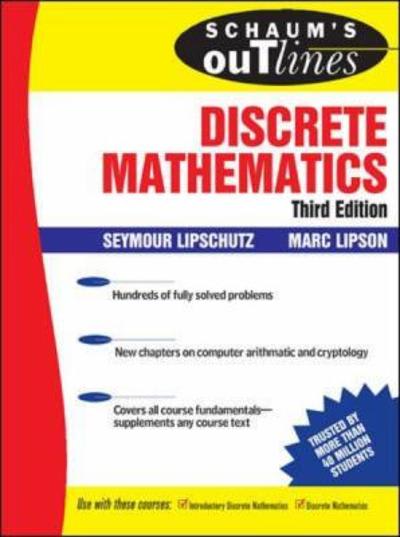Question
1-A pair of dice is rolled. One die lands on the tabletop and shows a 3. The other rolls under the table. What is the
1-A pair of dice is rolled. One die lands on the tabletop and shows a 3. The other rolls under the table. What is the probability that the sum showing on the pair of dice is 6? The probability that the sum showing on the pair of dice is 6 is
nothing
2-A marble is selected at random from a jar containing 5 redmarbles, 2 yellowmarbles, and 6 green marbles. What is the probability that
a) the marble isred?
b) the marble is notyellow?
c) the marble is either red or green?
d) the marble is neither red nor green?
3- A student observes the spinner to the right and claims that the color red has the highest probability ofappearing, since there are two red areas on the spinner.
A.
The student is wrong since the area of the red regions is smaller than the area of the greenregion, so the color red does not have the highest probability of appearing.
B.
The student is wrong since the area of the blue region is thelargest, the color blue has the highest probability of appearing.
C.
The student is right since the number of regions in one color determines the probability of that color appearing.
D.
The student is wrong since the area of the red regions is equal to the area of the greenregion, both of the probabilities of appearing red and green are the highest
5- An assembly line has two inspectors. The probability that the first inspector will miss a defective item is 0.09. If the defective item passes the firstinspector, the probability that the second inspector will miss it is 0.03. What is the probability that a defective item will pass by bothinspectors?
6-A husband and wife discover that there is a 6% probability of their passing on a hereditary disease to any of their children. If they plan to have three children, what is the probability of the event that at least one child will inherit thedisease?
7-The following box contains the 8 letters shown. The letters are drawnone-by-one withoutreplacement, and the results are recorded in order. Find the probability of the outcome ATTENDED. P(ATTENDED)=
8- An experiment consists of tossing a fair coin twice. The student reasons that there are three possibleoutcomes: twoheads, one head and onetail, or two tails.Thus, P(HH)=13. What is thereply?
A.
The student is right because the 3 different outcomes are equally likely.
B.
The student is right because the sample space for this event is{HH, HT,TH, TT}, but the outcomes HT and TH should be considered one possible outcome.
C.
The student is wrong because the sample space for this event should be{HH, TT}.Thus, P(HH)=12.
D.
The student is wrong because although there are 3 differentoutcomes, the outcomes are not equally likely. There are two ways get the outcome of one head and one tail.Thus, P(HH)=14
Step by Step Solution
There are 3 Steps involved in it
Step: 1

Get Instant Access to Expert-Tailored Solutions
See step-by-step solutions with expert insights and AI powered tools for academic success
Step: 2

Step: 3

Ace Your Homework with AI
Get the answers you need in no time with our AI-driven, step-by-step assistance
Get Started


